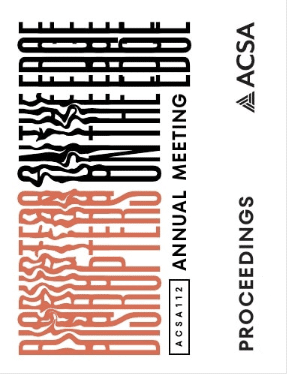Author(s): Martin Hättasch
We have reached a point at which any attempt to find a complete and self-contained urban system is doomed to failure from the outset.1 —O.M. Ungers, The Dialectic City Thus introduces German architect Oswald Mathias Ungers the idea of the “dialectic city” in his 1997 book of the same title. A decisive break with the long (and ongoing) lineage of exclusive theories of urbanism ever since CIAM’s Functional City, Ungers’ dialectic city remains to date one of the few truly inclusive theories. Challenging the modernist concept of the city as singular plannable system, he insists that instead, it exists as a balance of coinciding opposites (coincidentia oppositorum2) , in which thesis and antithesis are suspended within a constellation of distinct layers and places.
https://doi.org/10.35483/ACSA.AM.112.110
Volume Editors
Germane Barnes & Blair Satterfield
ISBN
978-1-944214-45-6

 Study Architecture
Study Architecture  ProPEL
ProPEL 
